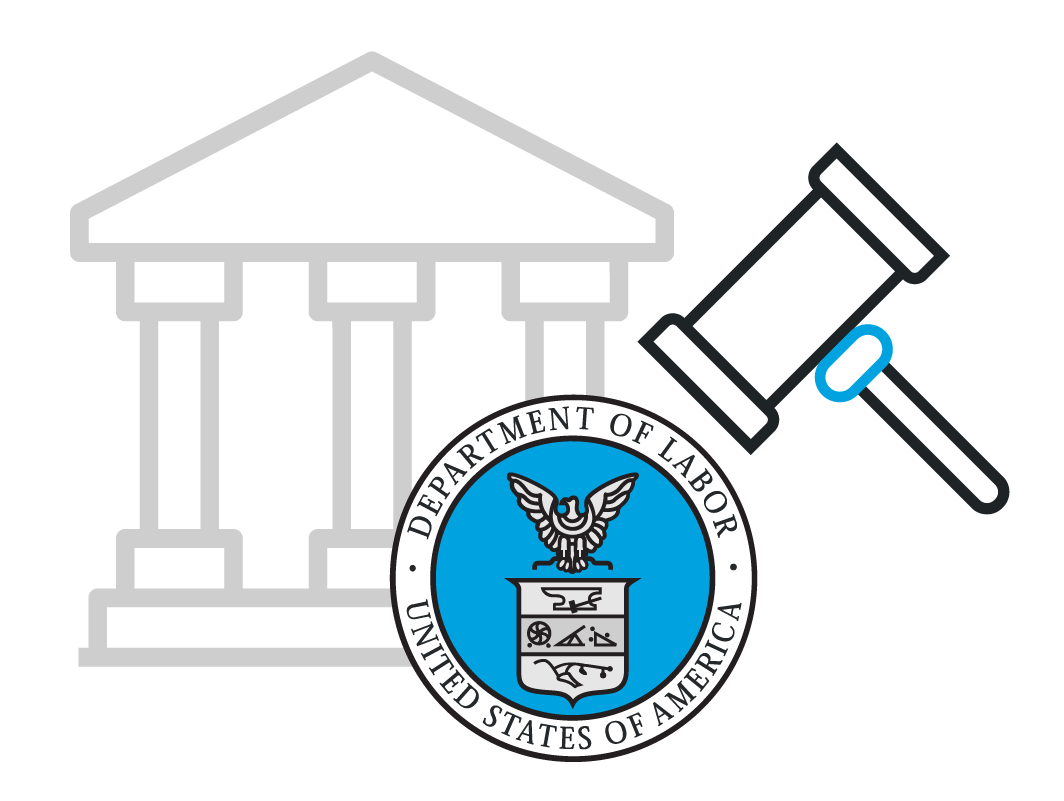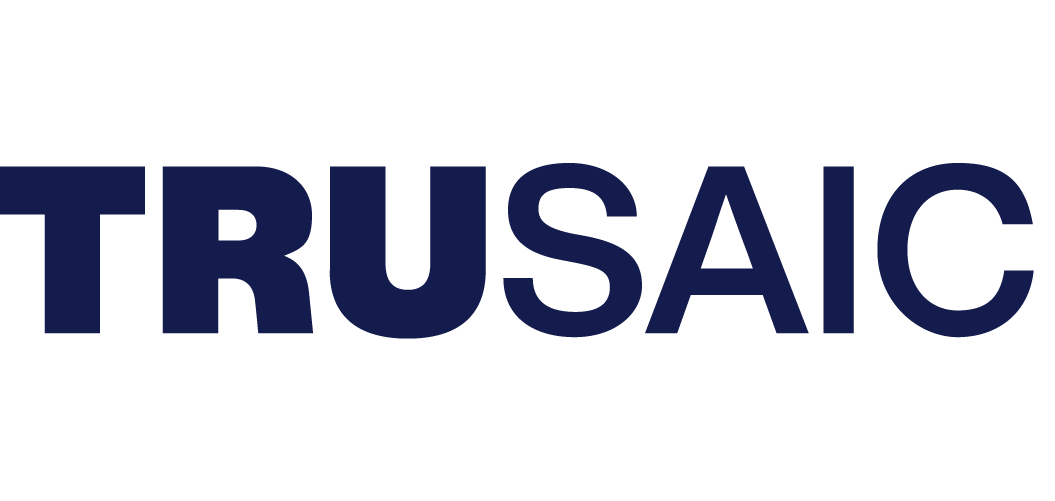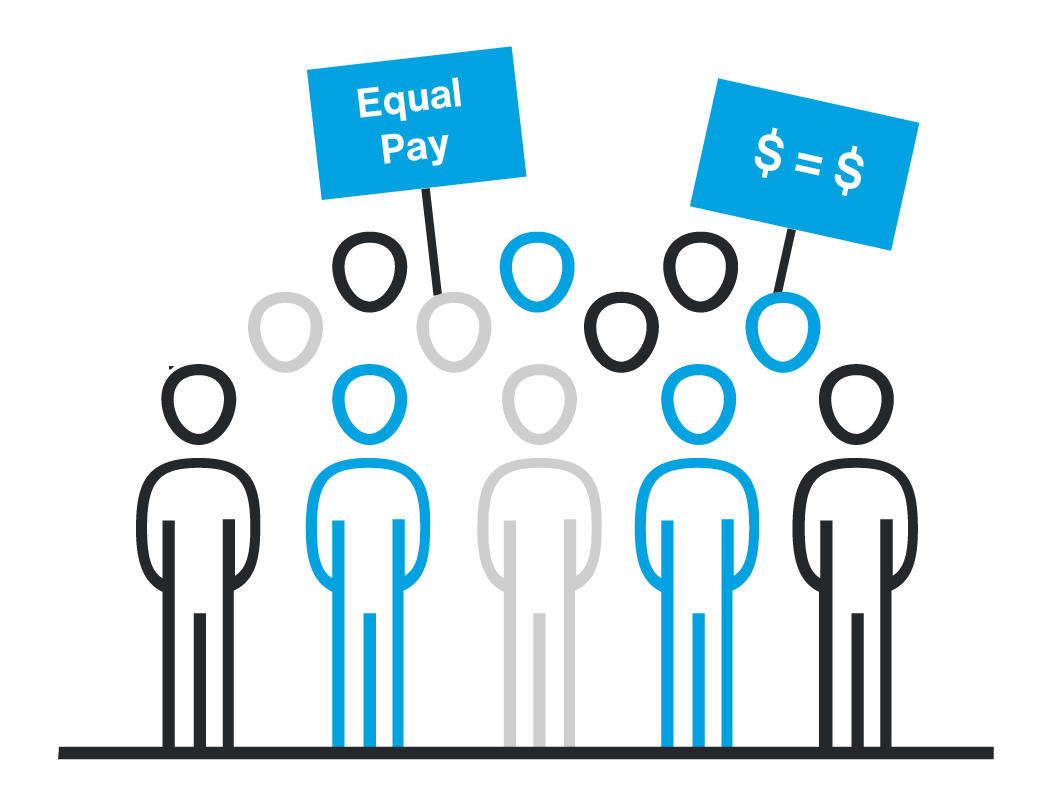
A federal judge in Texas on Nov. 15 struck down the U.S. Department of Labor’s (DOL) overtime salary threshold rule that was set to take effect Jan. 1, 2025.
The rule, which was put forth by the Biden administration, would have raised the minimum salary exemption as an executive, administrative or professional (EAP) for overtime consideration to $58,656 under the Fair Labor Standards Act (FLSA). The rule would have expanded access to overtime pay to an estimated 4 million American workers who had been classified as salaried (or exempt) by their employer.
Judge Sean D. Jordan of the U.S. District Court for the Eastern District of Texas granted summary judgment against the rule, finding that it went beyond the agency’s authority.
The DOL’s final rule was already partially in effect, as its salary basis test stipulated that employees making less than $43,888 qualified for overtime (non-exempt) as of July 1.
In effect, the Friday court decision:
- Nullified the Jan. 1 threshold increase;
- Rescinded the July 1 increase; and,
- Nixed the DOL rule’s automatic “escalator” provision, which would have increased the threshold every three years going forward.
The previous threshold of $35,568, which was set under the first Trump administration, is poised to go back into effect.
Next Steps for Employers
The DOL’s new overtime rule threshold had been in the works for a couple years and was officially rolled out in 2023. However, it was only recently finalized in May, and required employers to comply with a new threshold ($43,888) in a short amount of time.
The same federal court in Texas blocked its implementation as it related to Texas employers in June in the case of Texas v. U.S. Department of Labor .
Employers elsewhere in the U.S. were expected to comply with the new rule as of July 1 and prepare for the even steeper increase in January. Thus, your organization likely falls into one of the following categories:
- Your organization has yet to make any pay adjustments.
- Your organization made pay adjustments to comply with the July 1 requirement.
- Your organization made pay adjustments to comply with the forthcoming Jan. 1 requirement.
If you fall into the first category, you are no doubt relieved by the recent court ruling. If you fall into the other two categories, you could be enticed to pull back on some or all changes.
There are many talent management implications to consider in this instance, including how any changes will impact your pay equity efforts. Organizations that have already moved forward with compensation adjustments should consider the following before reversing course:
- The potential effect on employee morale
- Legal ramifications of withdrawing pay increases
- Local wage and hour laws
- How it will affect your pay equity situation
As noted, there are various components to be mindful of before a potential change management process. Pay equity should factor heavily into your decision-making process.
Pay Equity Ramifications
As we emphasized in our previous blog when the DOL final rule was announced, all pay adjustments should consider pay equity. Thus, ideally a pay equity analysis was conducted to align with potential changes in compensation without creating internal equity concerns.
A similar process should be implemented this time around, now that the old salary threshold has been reinstated. If you are in the habit of proactive pay equity, you should have a solid understanding of where your pay equity situation is currently.
Expedite Your Pay Equity Analysis With Software
A few pay equity checklist items to consider for any potential pay adjustments:
- Conduct an updated pay equity analysis. If you already made pay adjustments in anticipation of the new salary threshold, an updated analysis could better inform pay increases for 2025 in light of the old threshold being restored. This will streamline the process and ensure you are correctly allocating budget for other employees who could be targeted for pay equity adjustments.
- Prevent creating new pay inequities. Every compensation decision is an opportunity to help prevent, or potentially worsen, a pay inequity. For this reason, decisions should be in alignment with internal equity at every stage of the employee lifecycle. If employees were given salary increases to maintain their exempt status, it could necessitate similar pay increases for their peers or supervisors who were already above the threshold to avoid pay compression.
- Align with pay policy and philosophy. Your pay philosophy remains the guiding principle. What are your Wage Influencing Factors (WIFs)? When do pay adjustments typically occur?
- Audit potential salary ranges for outgoing offers. Ensure you are staying on track with updated classification and pay practices by auditing salary ranges on job postings for planned and unplanned recruiting efforts. Whatever path you chart, your external pay offers should reflect your updated internal compensation structure. Leverage Trusaic’s Salary Range Finder® to streamline this process.
Leverage Pay Equity Software
Adapting to changing legislation such as the DOL overtime rule salary threshold is made easier leveraging pay equity software with the backing of a robust methodology that is accurate and explainable and always complies with fast changing regulations.
Conduct an analysis at the intersection of gender, race/ethnicity, age, disability, sexual orientation, veteran status, and more in one statistical regression analysis. This helps you target where action should be taken and provides recommendations for how it can be done most effectively.
And now, with the addition of Trusaic’s latest innovation R.O.S.A., you can optimize your remediation spend. While other solutions are limited and can only perform a single run of a statistical model to identify remediation opportunities, R.O.S.A. is able to perform dozens (or even hundreds) of remediation simulations iteratively to identify the pay adjustments that will most cost effectively address a pay disparity.
Navigating the pay equity and compensation compliance landscape is complex. Proceed with confidence by utilizing our market-leading pay equity software.



